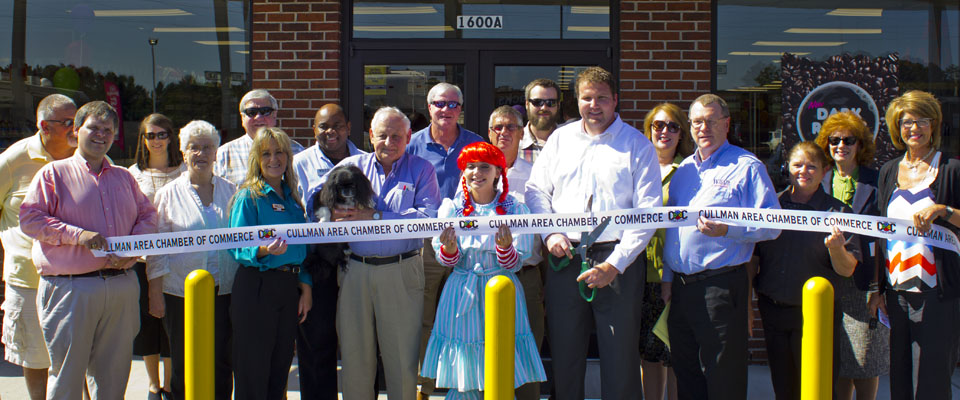Alabama's population increased 142 percent during the first decade. Large slave-holding plantation owners quickly laid claim to the rich soil of the river basins and small farmers from the Carolinas and Georgia migrated further inland.
Whether these pioneering souls came as a group or drifted in singly will never be known; but the relatively flat area some five miles southwest of Cullman was chosen homestead location for the Livingstons, McMinns, Owens, Millers, Grimmets, Hoenings, Cordeses and Hinkles during Alabama's formative years.
Mostly Baptists by faith, the pioneers established a Missionary Baptist Church in 1842 and chose the name of Good Hope. Chartered by fifteen members, the first log church was originally located on the south side of the cemetery. It doubled as a school on weekdays for half a century, and was rebuilt in 1896. The only continuous church in Good Hope, the present sanctuary was built in 1942.
 Between the years 1875 and 1883, several German families, including Martin Treptau, W.L. Dahlke, Carl Hartwig, C. Weber, Mathin Tros, G. Galter, William Thom, Carl Peinhardt, Gus Ackers, Albert Lock, and the Reichweins, Wenzell, and Gruisnick families, settled a few miles south of Good Hope. They christened their new community look and in 1883 organized a Lutheran Church. A lot was donated to the erection of a church.
Between the years 1875 and 1883, several German families, including Martin Treptau, W.L. Dahlke, Carl Hartwig, C. Weber, Mathin Tros, G. Galter, William Thom, Carl Peinhardt, Gus Ackers, Albert Lock, and the Reichweins, Wenzell, and Gruisnick families, settled a few miles south of Good Hope. They christened their new community look and in 1883 organized a Lutheran Church. A lot was donated to the erection of a church.
No name for the new congregation had been made when the deeds to the lot were filed, prompting the recording officer to suggest "Eight Citizens Lutheran Church" in honor of the first eight settlers who were instrumental in its founding. A small log church was built later that year. The Hartwig Cemetery was established on a site adjoining the church. It is now located on the Hershel Doss farm. C. Burkart, student pastor at Garden City and Hanceville, served this church in 1884. The following year Eight Citizens Lutheran Church merged with St. Paul's Lutheran Church of Cullman. However, services were continued there by Pastor F. Englebert because of the member's transportation difficulties in getting to Cullman.
German Benedictine Monks founded a small Catholic Mission in 1896. Located on the old Bremen road it was named Loretto in honor of a famous Catholic sanctuary in Italy.
The German colonists and the Speegle family built the first school house in the area in 1880. Known as Dabbs School, it merged with Good Hope School around the turn of the century. In 1892, the school was transferred from the Good Hope Baptist Church to a new two-story school house. By 1926, student enrollment necessitated a four-room school as other schools in the area, including Valley Grove, Trimble, and Grandview became feeder schools for the Good Hope Jr. High Schools.
The Good Hope School, constructed in 1960, was expanded in 1968 when it became a senior high school. The first class graduated in June 1969, and the school was accredited the same year. The 1970-71 enrollment was 416 high school and 475 elementary students. Principal Dalton A. Sharpton had 31 teachers on the faculty. The Head Start program began in 1966 having 15 preschool children to one teacher assisted an aide. A new gymnasium and football stadium were constructed in 1970.
Perhaps the biggest celebration ever held in Good Hope was the Confederate Veterans Convention on July 4, 1899. There were 1500 in attendance with 53 Confederate Veterans answering the roll call.
At the time of its incorporation in April 1962, the town of Good Hope had a land area of 640 acres and a population of 180 people. Eight years later the incorporated area encompassed 2890 sprawling acres with a population of 1000. The town chose a mayor council form of government and Mayor Ben Herman Reid as chief executive.
Since the incorporation Good Hope as a city it has seen several changes. Parks have been developed and housing and commercial markets have continued to expand showing consistent positive growth throughout the community.

